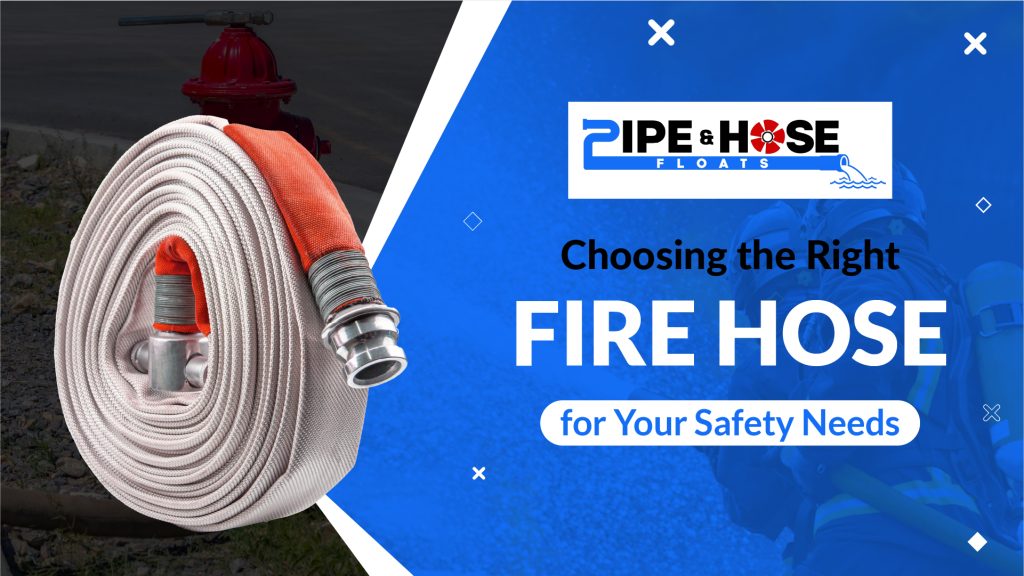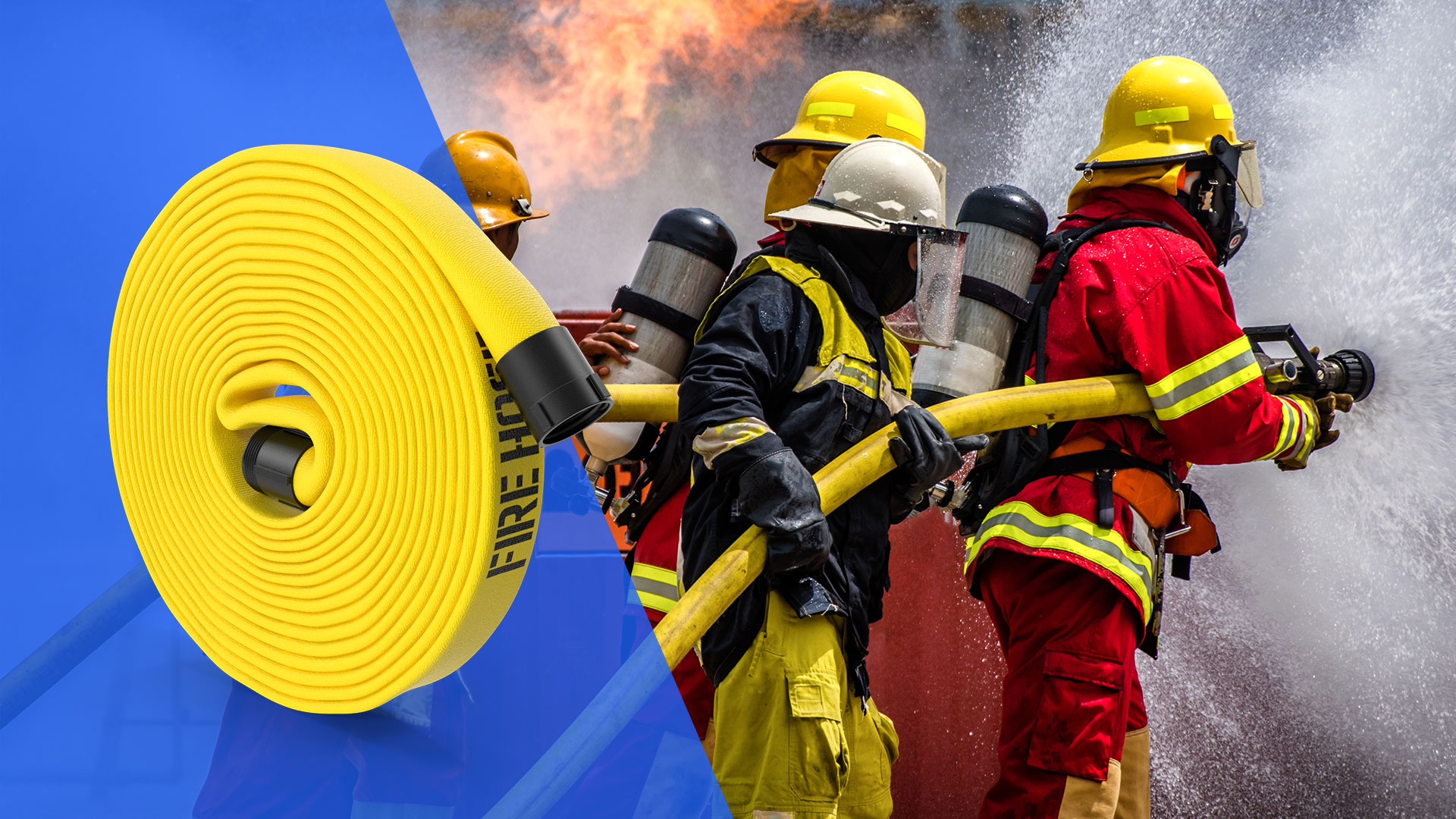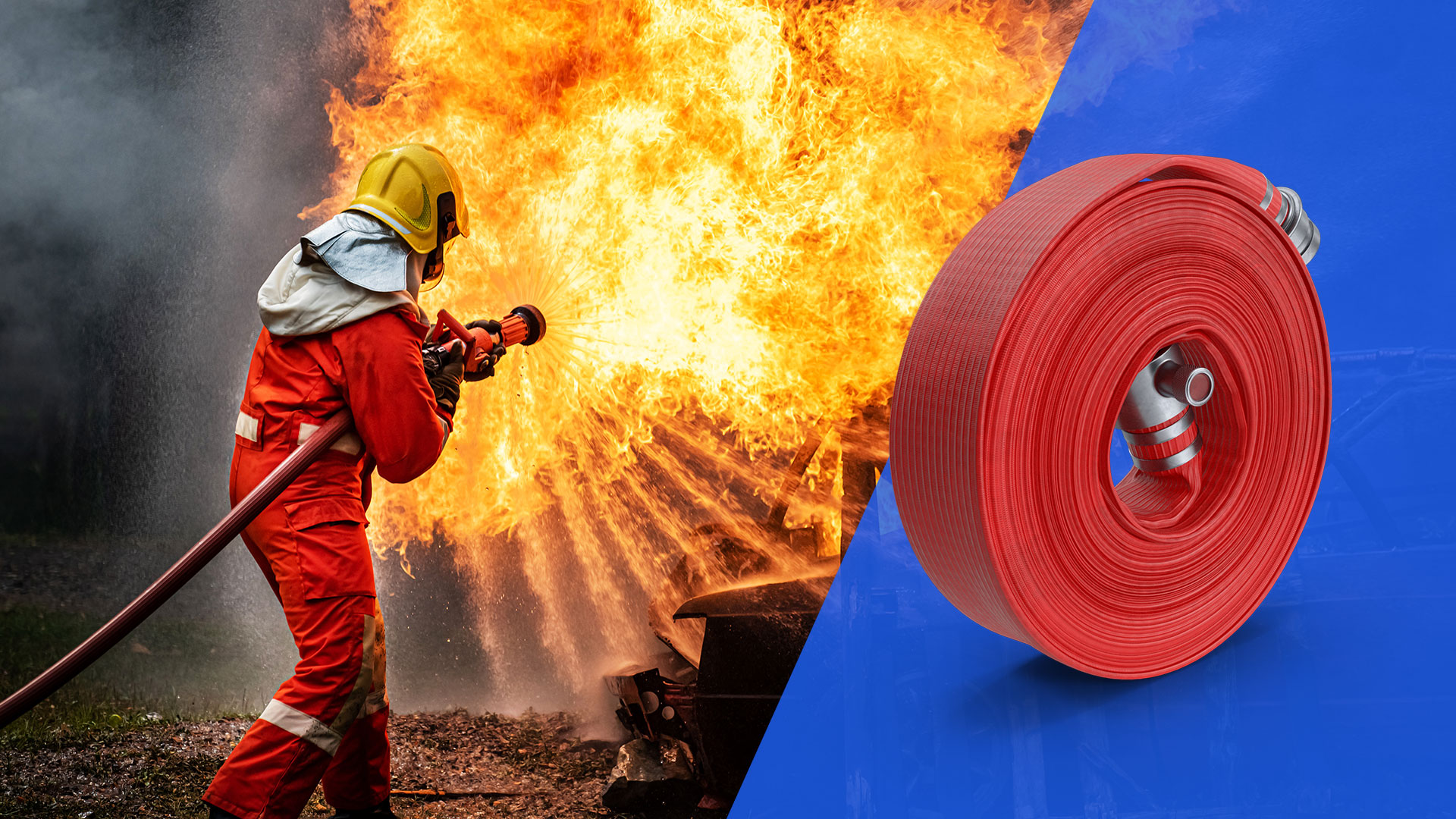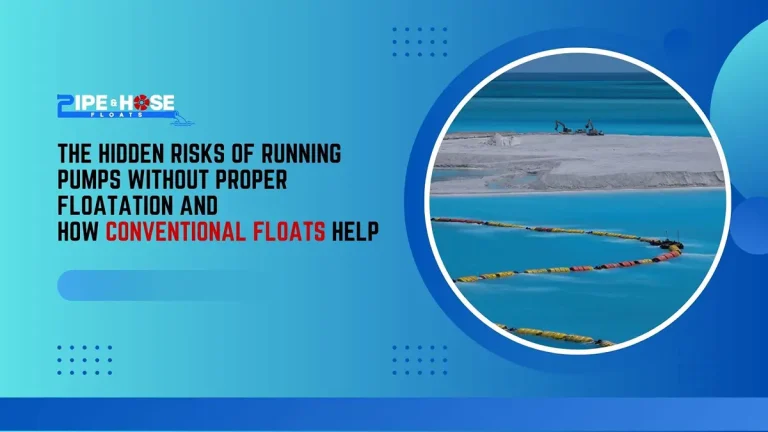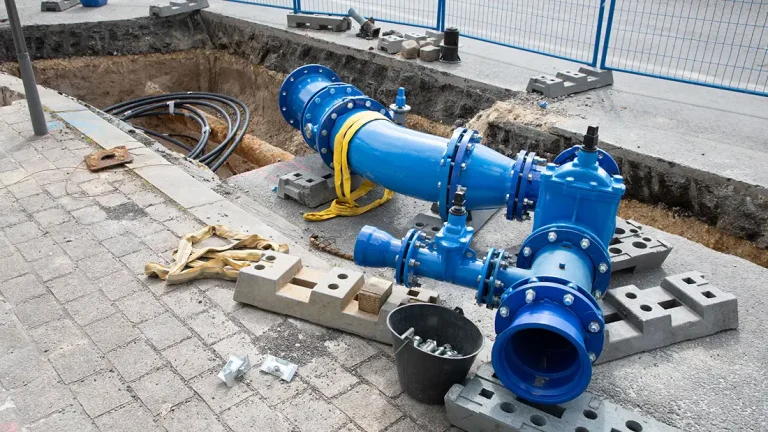Fire safety depends heavily on having the right equipment, and a fire hose is one of the
most vital tools in any fire protection plan. The right fire hose can mean the difference between quickly
controlling a fire and facing devastating consequences. A fire hose is designed to deliver water or fire retardants
effectively, but with so many types, materials, and specifications available, choosing the best one for your
specific needs can feel overwhelming.
Factors such as hose material, size, pressure ratings, and compatibility with fittings
all play a crucial role in determining performance and reliability. Whether for residential, industrial, or outdoor
applications, selecting the appropriate fire hose ensures safety and efficiency during emergencies. This guide will
explore the key considerations to help you make an informed decision, ensuring your fire hose is durable,
functional, and suited to your specific fire safety requirements.
Understanding Fire Hoses
Fire hoses are specialized tools designed to deliver water or fire retardant to
extinguish fires. They are used in various environments, from residential settings to industrial facilities, and are
built to withstand intense conditions.
There are several types of fire hoses:
- Attack Hoses: Used to deliver
water from a fire engine or hydrant to the fire. - Supply Hoses: Transport large
volumes of water from a source to fire-fighting equipment. - Forestry Hoses: Lightweight
hoses designed for rugged outdoor use, particularly in wildland firefighting. - Industrial Fire Hose: Heavy-duty
hoses are used in manufacturing plants, warehouses, and other industrial settings.
Understanding the specific purpose of each type is the first step in selecting the right
fire hose for your needs.
Key Factors to Consider When Choosing a Fire Hose
Material
The material of a fire hose determines its durability, flexibility, and
performance under different conditions.<
- Rubber: Offers excellent
flexibility and resistance to chemicals and abrasions. Ideal for industrial and municipal use. - Polyurethane: Lightweight and
resistant to wear, making it suitable for forestry or portable applications. - Canvas (woven fabric): Known for
its lightweight and collapsible design, canvas hoses are often used in forestry and temporary setups.
When choosing the material, consider factors like exposure to extreme temperatures,
chemicals, and rough terrain.
Size
Fire hoses come in various diameters and lengths to suit specific
applications.
- Diameter: Common sizes range
from 1.5 inches to 6 inches. Smaller diameters are typically used for residential and light-duty needs,
while larger hoses are used for industrial or municipal applications. - Length: Standard lengths are 50
to 100 feet, though custom sizes are available. Ensure the length is sufficient to cover the area you need
while considering storage and portability.
Selecting the right size ensures optimal water flow and ease of handling during
emergencies.
Pressure Ratings
The pressure rating of a fire hose indicates its ability to withstand the
force of water being pumped through it.
- Low-pressure hoses: Suitable for
residential or small-scale applications. - High-pressure hoses: Designed
for industrial or heavy-duty use where powerful water flow is required.
Always ensure the hose’s pressure rating matches the requirements of your pump or
hydrant system to avoid equipment failure.
The Role of Fire Hose Fitting
Fire hose fitting plays a crucial role in the functionality of your firefighting
equipment. They connect the hose to water sources, pumps, or nozzles, ensuring seamless operation.
Common Types of Fittings:
- Couplings: Join two hoses
together or connect a hose to a water source. - Adapters: Allow compatibility
between hoses and equipment with different thread types. - Nozzles: Control the water flow
and spray pattern for targeted firefighting.
When selecting fittings, ensure they are compatible with your hose and other equipment.
Using the wrong fittings can lead to leaks, reduced efficiency, or equipment damage.
Specialized Fire Hoses for Industrial Applications
Industrial settings often demand fire hoses with higher performance capabilities due to
the presence of flammable materials, chemicals, and other hazards.
Industrial fire hose is typically:
- High-pressure rated to handle
powerful water flows. - Reinforced with durable materials to withstand chemical exposure, extreme heat, or physical abrasions.
- Designed with larger
diameters for maximum water delivery.
Common industries requiring specialized hoses include manufacturing, oil and
gas, chemical processing, and warehousing. When choosing an
industrial fire hose, consult industry regulations and standards to ensure compliance.
Maintenance and Inspection Tips for Fire Hoses
A fire hose is only as reliable as its condition. Regular maintenance and inspections
are crucial to ensure your equipment performs when needed.
Inspection Guidelines:
- Visual Checks: Look for signs of
wear, such as cracks, fraying, or discoloration. - Pressure Testing: Periodically
test the hose under working pressure to check for leaks or weak spots. - Fittings: Inspect couplings and
nozzles for rust, dents, or other damage.
Cleaning and Storage:
- After Use: Rinse the hose with
clean water to remove dirt, chemicals, or debris. - Drying: Allow the hose to dry
completely before storage to prevent mold or mildew. - Storage: Store hoses in a cool,
dry place, coiled or folded neatly to avoid kinks or stress on the material.
By following these practices, you can extend the lifespan of your fire hose and ensure
it performs effectively in emergencies.
Conclusion
Choosing the right fire hose is a critical step in
ensuring safety and efficiency during fire emergencies. By considering key factors such as material, size, pressure
ratings, and fittings, you can select a hose that meets your specific needs.
For industrial applications, investing in high-performance hoses is essential to handle
the unique demands of hazardous environments. Regular maintenance and proper storage further enhance the reliability
and longevity of your fire hose.
Whether you’re equipping a home, a business, or an industrial facility, the right fire
hose can make all the difference. Take the time to assess your requirements, consult experts if needed, and invest
in a high-quality product that ensures your safety and peace of mind.

